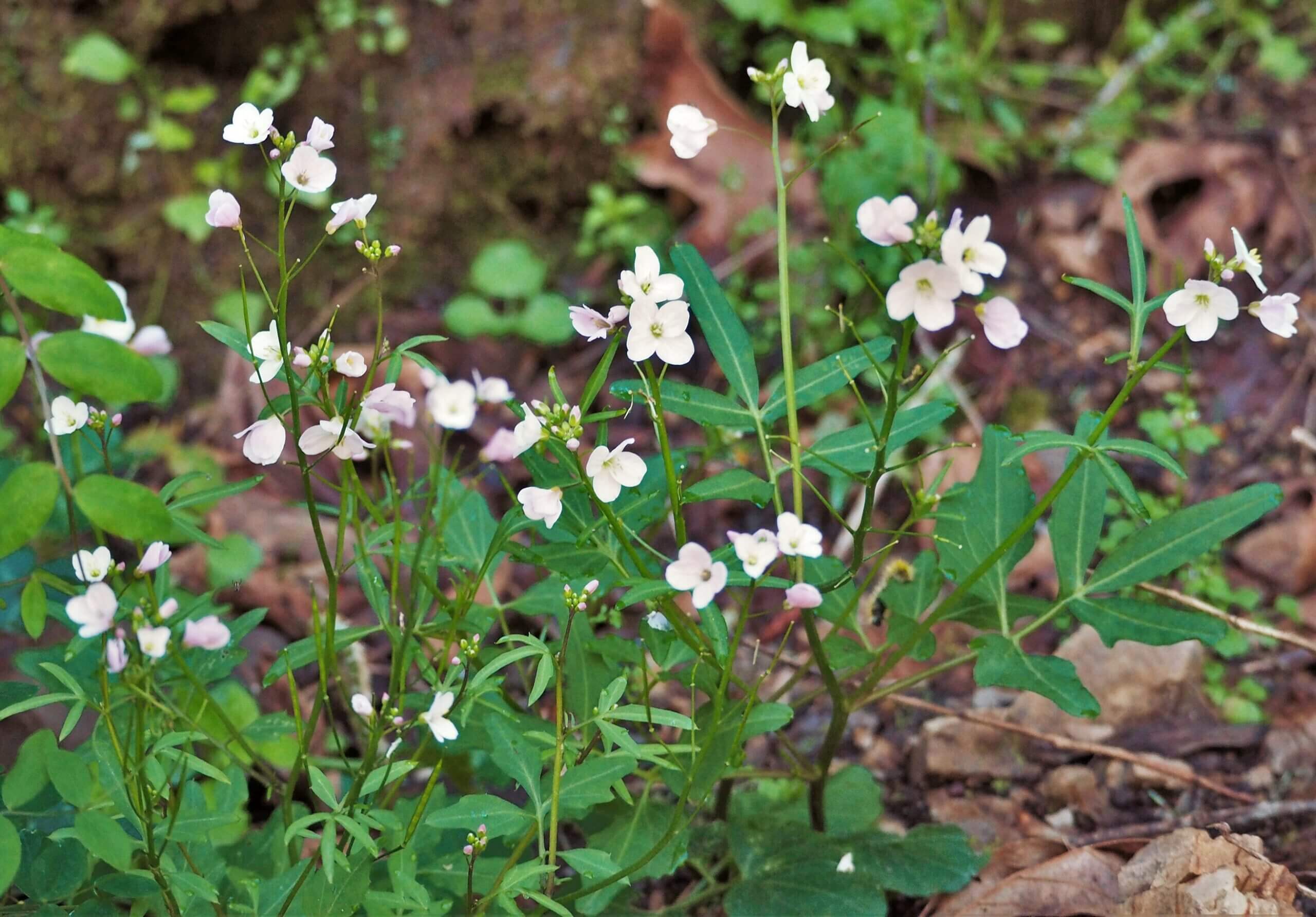Even if it’s just for an hour or two, I make time to do some work in my garden every single day, and my favorite time to be outside is at dusk when all sorts of creatures are stirring. Since my tasks, like weeding or potting up seedlings, are often simple and somewhat repetitive, I’m in a meditative state and absorbing all that goes on around me.
The last of the bees, usually bumblebees, are still buzzing about; Nuthatches sound like little tin horns as they fly to another tree to forage; and the Goldfinches gather in groups in the redbud, whistling to each other. A Scrub Jay swoops down to retrieve a seed stashed in the mulch months ago, but I pretend not to notice. I hear the sharp click of the male Anna’s Hummingbird downward display drop to proclaim his authority over these resources; and realize that in many ways this is his garden, not mine!
I also notice all the shadows of creatures flying by; the gigantic shadow of a Turkey Vulture coming to the snag tree to roost; the distinctive flap, flap, glide of a California Sister butterfly patrolling the canopies of the oaks; and the more casual flitting about of the Painted Ladies.
Milkmaids and Butterflies
Lately I’ve been seeing a lot of Veined Whites (Pieris napi), many more than the last few years, and it makes total sense given that the rains have also allowed for an abundance of Milkmaids (Cardamine californica) throughout the woodlands. Both are organisms of dappled light and shade and connected because the Milkmaids are a host plant for the larvae of the Veined – or Mustard – White butterfly.
Delicate tracings along the veins on the undersides of the wings are distinctive of this species; a related, and very common species, the Cabbage White does not have these markings, but both species have black spots on the topsides of the front wings: one spot on a male, two spots on a female.
The flight period of this native butterfly is rather short – by June the future generation is diapausing in a pupal state. The larvae also feed on some other native mustard family plants like Barbarea or Arabis, and seem to appreciate the nectar from the large European Wallflowers in my garden.
Milkmaids are perennial plants; I tried once to dig one up in my woodlands. The first leaves are rounded and slightly scalloped at the edges, and the petiole seems to stretch away from the roots. The roots are really fleshy, and easily broken, as well as being hard to accurately locate in relation to the top growth of the plant. As the flowering stalks develop the leaves change dramatically, becoming much more linear and dissected along the upright stems. Flower buds are sometimes blushed with pink, and the flowers are sweetly fragrant when open.
Collecting Seeds
It became evident that Milkmaids are not good subjects for transplanting; unlike Buttercups, another perennial whose flowers light up the woodlands. Buttercups seed themselves liberally into my gravel pathways, and transplant readily. Both species are easy to start from seeds, but collecting those seeds can be challenging!
Plants are easy to see while the flowers are blooming, and I’m checking the developing seed pods regularly. The nascent seeds are flat, swelling slowly as they mature. When fully ripened the pods are brownish, and the plants have all but died back to the ground. It takes a few tries, wandering in the woodlands in all those places I remembered seeing the flowers before my search image is set, and then seed pods are easy enough to find!
The ‘fruit’ of Mustard family plants is a silique; a long skinny seed pod with outer walls that peel away from a central, papery partition to which the individual seeds are attached. These are seeds that I really dislike cleaning because they are just difficult because of this additional point of attachment. But I do collect them in good years, and try to get to them in a timely manner, though the seasons come and go so quickly, and things seem to grow almost overnight! Then I hear the Flickers calling in the woods. They are still here; they haven’t flown off to higher altitudes yet, and that is somehow most reassuring.

